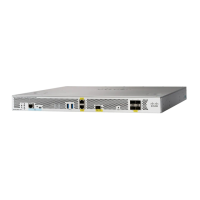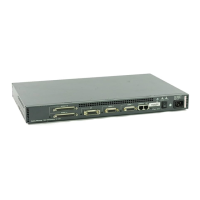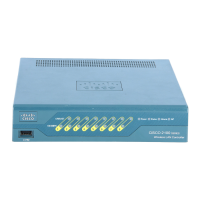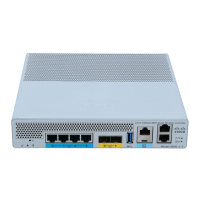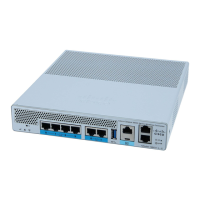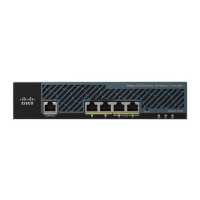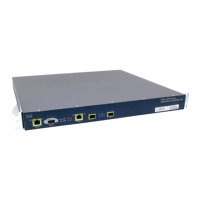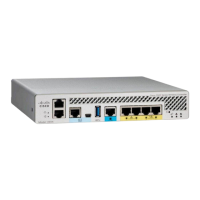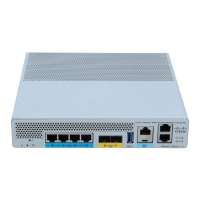8-33
Cisco Wireless LAN Controller Configuration Guide
OL-17037-01
Chapter 8 Controlling Mesh Access Points
Configuring Advanced Features
• Follow the instructions in the “Configuring Voice and Video Parameters” section on page 4-52 to
configure voice and video parameters.
–
Refer to the “Guidelines for Using Voice on the Mesh Network” section on page 8-33 for
mesh-specific configuration guidelines for voice including QoS.
The instructions for viewing voice and video details using the CLI are different for mesh and non-mesh
access points.
• Follow the instructions in the “Using the CLI to View Voice Details for Mesh Networks” section on
page 8-34 to view details for mesh access points.
Guidelines for Using Voice on the Mesh Network
• Voice is only supported on indoor mesh access points, 1130 and 1240.
• When voice is operating on a mesh network, calls must not traverse more than two hops.
–
Each sector must be configured to require no more than two hops for voice.
• On the 802.11a or 802.11b/g/n > Global parameters window:
–
Enable dynamic target power control (DTPC)
–
Disable all data rates less than 11 Mbps
• On the 802.11a or 802.11b/g/n > Voice parameters window:
–
Load-based CAC must be disabled
–
Enable admission control (ACM) for CCXv4 or v5 clients that have WMM enabled. Otherwise,
bandwidth-based CAC does not operate properly.
–
Set the maximum RF bandwidth to 50%
–
Set the reserved roaming bandwidth to 6%
–
Enable traffic stream metrics
• On the 802.11a or 802.11b/g/n > EDCA parameters window:
–
Set the EDCA profile for the interface as voice optimized
–
Disable low latency MAC
• On the QoS > Profile window:
–
Create a voice profile and select 802.1q as the wired QoS protocol type
• On the WLANs > Edit > QoS window:
–
Select a QoS of platinum for voice and gold for video on the backhaul
–
Select allowed as the WMM policy
• On the WLANs > Edit > QoS window:
–
Select CCKM for authorization (auth) key management (mgmt) if you want to support fast
roaming. Refer to the “Client Roaming” section on page 8-24
• On the x > y window:
–
Disable voice active detection (VAD)

